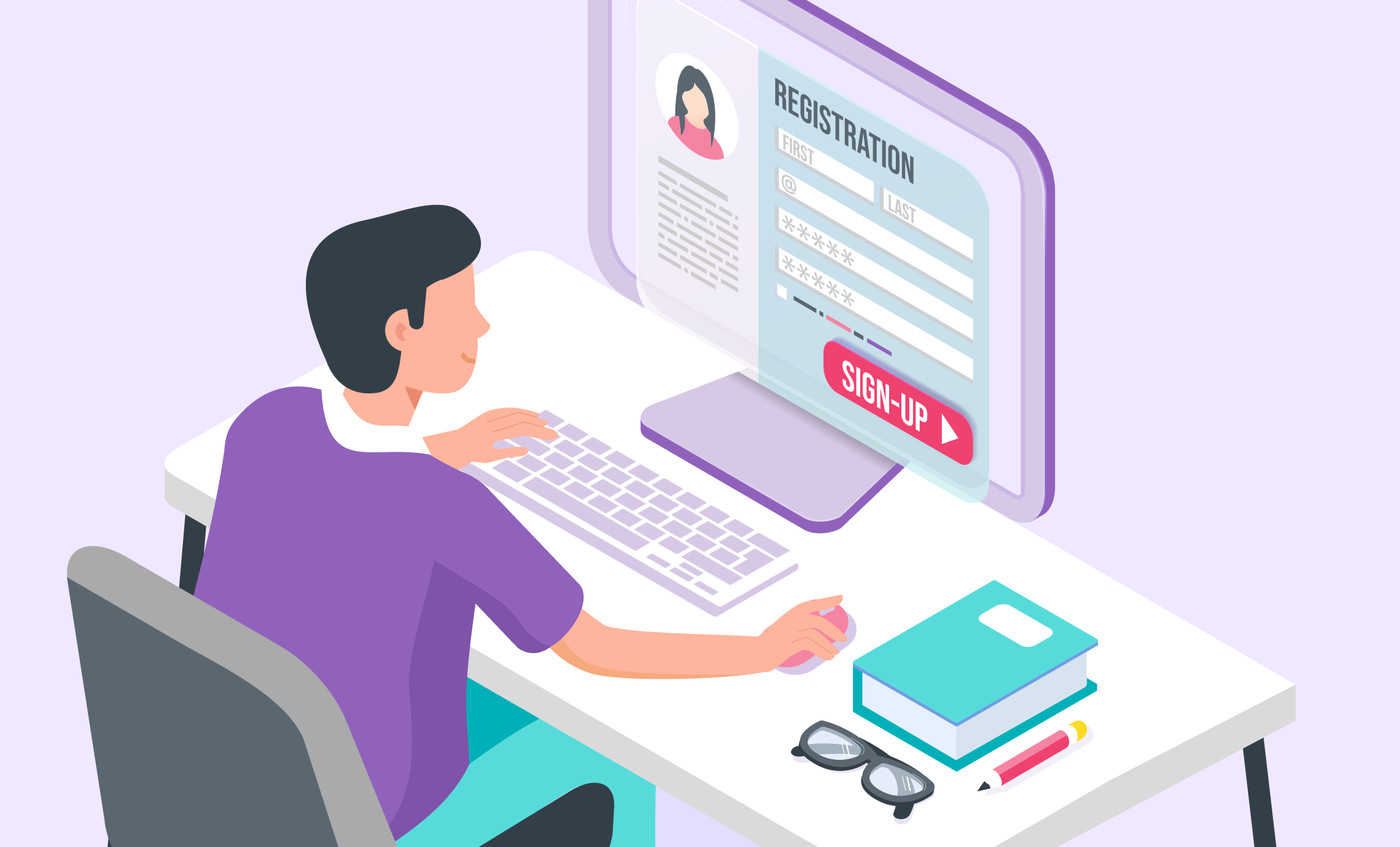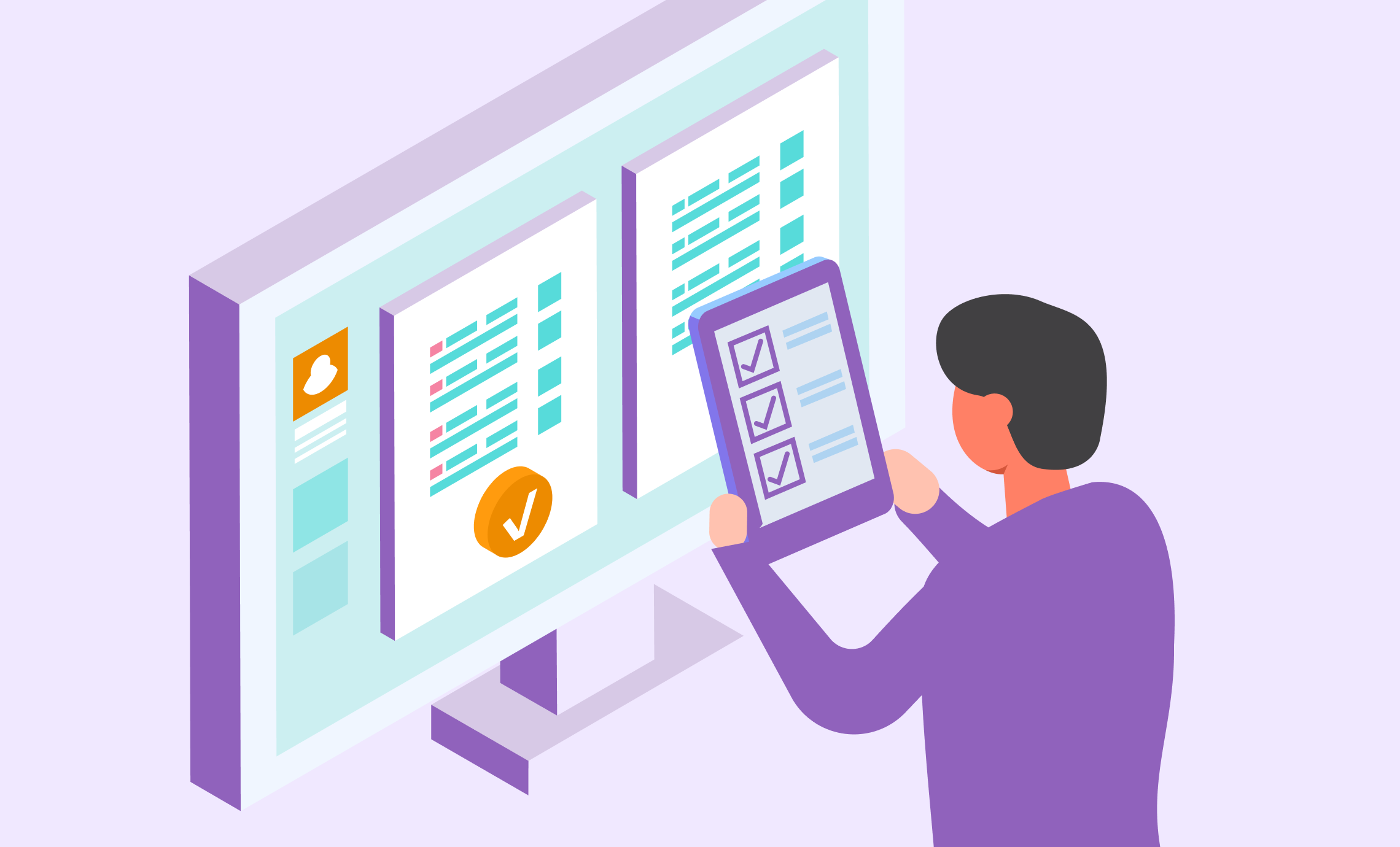Are you organizing a private event? Have you thought of your event safety plan? When running an event, health and safety should be your main priority. As an organizer, you are responsible for protecting your staff and attendees. This means that you should take reasonable steps to prevent harm and injuries from happening to anyone involved in your event. Taking steps to plan accordingly for emergencies allows you to mitigate and avoid anything that could occur out of your control.
Here is a list of event health and safety practices you need to utilize when organizing an event.
1. Conduct Health and Safety Risk Assessment
Health and safety risk assessment is essential regardless of the length and complexity of the event. During the evaluation of your event, you need to address specific problems that may arise, including the issues that would endanger people attending the event, the public and staff.
If you plan a long and complex event, you may need to develop an event management plan or an event safety plan. It may be a good idea to hire a safety advisor whose job is to ensure everything is in order.
To manage possible risks, you need to analyze any risk management techniques, choose the most appropriate method, implement it properly and monitor the results.
2. Take Measures To Alleviate The Risks
It is crucial to identify what could go wrong during your event and put specific measures to ensure that these risks are either lessened or eliminated. Consider hiring a qualified risk manager who will examine where you are holding an event and ensure that all the equipment you will use is up to the appropriate safety standards.
You should also make sure that the staff you are hiring for the event follows the business guidelines, such as wearing masks and gloves.
3. Create An Emergency Plan
Regardless of the type of event you are organizing, having an emergency plan is necessary. Have an emergency plan if you need to evacuate in case of a flood, fire or other circumstances.
It is essential to train your event staff to know what to do in an emergency. You should also decide who will take action if something happens and how you will let people know about an emergency (TV, radio, coded messages or mobile phones).
In addition, you will need a contingency plan that you should discuss with the emergency services. You should provide them with a copy of your plan, and everything should be documented. The emergency services will need to know the names and contact details of the event staff and guests.
There are certain aspects that you need to take into consideration when you are working on your emergency plan:
- Raising the Alarm – How will you communicate with your staff and volunteers in an emergency?
- Informing the Public – You need to ensure a proper public address system.
- Traffic Management – It is vital to make sure that emergency vehicles can get to the site in an emergency. Also, there must be a way for cars to leave the area immediately if necessary.
- Handing Casualties – Hopefully, this will not happen, but you must think about taking people to hospitals in worse-case scenarios.
4. Consider Crowd Management
When preparing a safety plan, you should not forget about methods to control the crowd. You need to know how to manage large influxes of people in certain areas and prevent people from gathering in the same places.
The standard rule is to have at least one designated crowd manager for every 250 people attending an event. At the beginning of your event, have the crowd manager provide an announcement identifying the exits. You can create a digital floor plan to map out the exit ahead of time.
5. Think About The Parking
An insufficient parking plan can destroy any event. For this reason, you need to think about parking. Ensure that everyone, including your event staff, knows what they are doing in an unexpected situation. Thus, survey the area to look for additional parking if needed. You may need to contract with a local parking garage and provide tickets to your guests if your other lots are full.
6. Keep The Security Measures Visible
The primary mission of security is not to respond to threats – it is to prevent the hazards from occurring in the first place. Therefore, it is crucial to make them visible to potential agitators. They need to know and see that your event is adequately protected and that you have your security team onsite.
The more visible your safety team and devices are, the safer your attendees and guests will feel at your event. Your guests will know and see that you have enough people and tools to protect their well-being.
Conclusion
You cannot eliminate all the security risks if you plan an event, but you can minimize their likelihood. You should follow health and safety practices in this blog to help you make your event as successful and safe as possible. If you need help managing your event, you can always contact Expo Logic to optimize your event from beginning to end.


